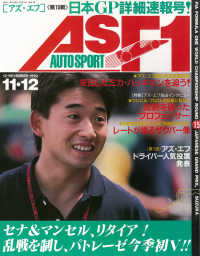Full Description
While neurolysis, nerve repair, and nerve grafting have been employed to address stretching plexus injuries, nerve transfers utilize an undamaged nerve to provide motor input over a relatively short distance to reinnervate a denervated muscle.








